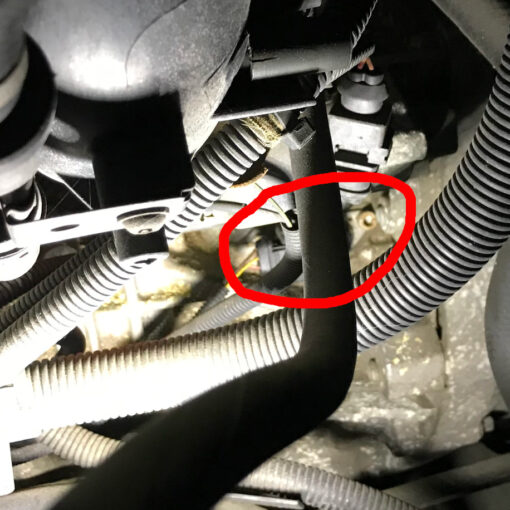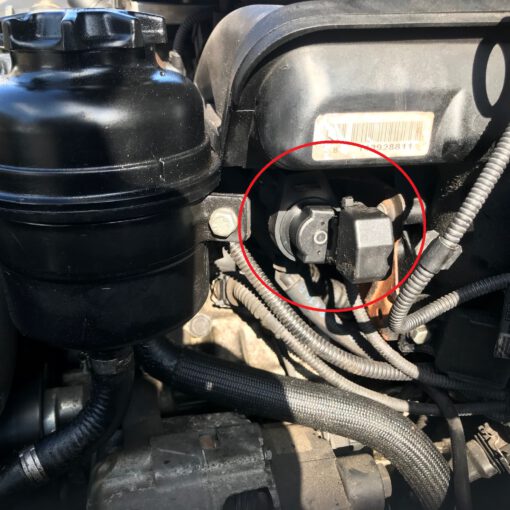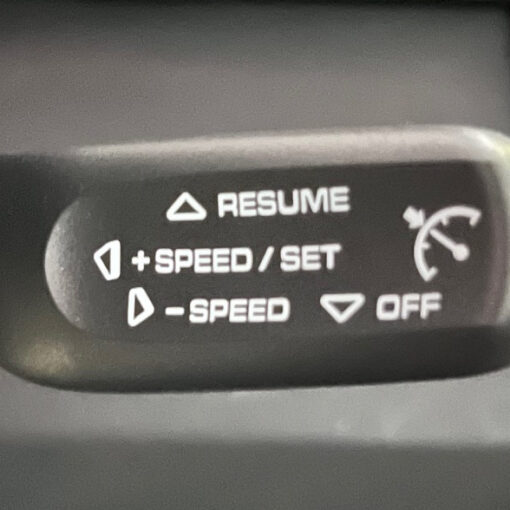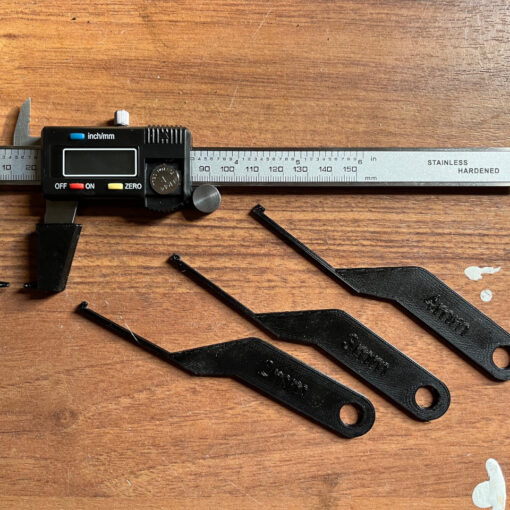Much has been said and written about the reliability issues of the Porsche M96/M97 engines as installed in the 986 Boxster, 996 911, 987.1 Boxster/Cayman, and 997.1 911. The IMS bearing problems are well understood (even if opinions about the frequency of failures occurring differ), whereas bore scoring is a bit more complex. Contributing factors are clearly
- the manufacturing process: Lokasil, which involves casting aluminium into a resin that contains silicone particles, which is different from the previous processes of Alusil (entire cylinder/block cast out of an aluminium/silicone alloy) or Nikasil plating of the cylinders;
- open-deck construction with relatively thin cylinder walls, especially in the case of the 3.8l engines;
- insufficient cooling, especially on the second (right) bank and here foremost in cylinder 6, which is the last in the coolant flow;
- insufficient lubrication.
The first two items are difficult to address and require a major rebuilding of the engine, including machining out the cylinders and placing new aluminium inserts that are wider at the top. This is the method recommended e.g. by Hartech in the UK, and there’s an episode of Wheeler Dealers in which this process is done on a 997 engine:
Cooling and lubrication, on the other hand, are much easier to address. What I’ve written here is my personal opinion based on reading a lot on the subject and talking to several experts.
Cooling
In order to understand possible cooling modifications, it is important to know how the M96/M97 cooling system works. The coolant leaves the engine, runs through pipes to the front, through at least two radiators (placed behind the air conditioning condensers), then back to the engine compartment, through the thermostat and into the engine where it circulates first through bank 1 and then through bank 2. Where this differs from many other liquid-cooled cars is that the thermostat is on the entry (cold) side of the engine, not the exit (hot) side. This is fine if the opening temperature of the thermostat takes into account the temperate delta inside the engine, but an often-heard opinion is that if the engine runs hotter in circumstances where the radiators provide lots of cooling (e.g. cold weather), this can lead to the thermostat barely opening, temperatures in the second bank may become too high.
To prevent this, it is sometimes recommended to install a thermostat with a lower opening temperature, which will allow more flow through the radiators, cooler coolant entry temperatures, and hence lower coolant temperatures in the engine. The downside is that, if the engine runs relatively cool (no heavy load), it will never warm up probably. This will increase emissions and reduce the life span.
Another often-mentioned mod is to install a third radiator in the centre, as was standard on the Tiptronic cars. This is a solution if the cooling capacitor of the radiators is insufficient, i.e. leading to too-high entry temperatures, but can actually be counter-productive in cool weather, as the low coolant temperature may prevent the thermostat from opening fully.
My opinion on the usefulness of these two mods is the following:
- The third radiator only makes sense for hotter climates or for track use, where the cooling capacity of the two stock radiators is insufficient.
- Whether the low-temperature thermostat makes sense depends upon the use of the car and the resulting temperature delta in the engine. It makes the most sense with a combination of high cooling capacity (low temperatures, third radiator) and high engine load, as here the temperature sensed by the thermostat will be low whereas the engine will run hot, leading to higher temperatures in bank 2.
In other words, for normal road use in moderate climates, both mods seem unnecessary and possibly counterproductive. The third radiator only makes sense for hot climates and aggressive driving (track use), and should then be combined with the low-temperature thermostat. The oil temperature is the best indication for the necessity of this mod, as the coolant temperature gauge is reputed to be unreliable.
Lubrication
This covers two items: oil starvation, and oil type. With the M96 engine, Porsche moved from a true dry-sump system to what they call “integrated dry-sump”. In a true dry-sump system, oil is pumped into an oil reservoir and from there pumped into the engine. This means that there is always sufficient oil supply and pressure, even under high g-loads. An added benefit is that no oil pan is required, giving more clearance underneath the engine. The downsides are the necessity for loads of oil (which is also slow to warm up) and the required space for the oil tank.
The integrated dry-sump uses essentially a standard oil pan and a small oil tank integrated into the engine. This is much cheaper than a full dry-sump system, but some people report issues with oil starvation and dropping oil pressure in long high-g turns. I can see this being on issue on race tracks with very sticky tires, but it should not be an issue on the road. There are deep-sump kits available with baffles that improve oil pickup in high-g situations.
The other never-ending discussion is about which oil and possibly additives to use. Porsche recommends a Mobil 1 0W-40 oil. There are many opinions that this is due reduce friction and hence emissions, but that this is actually insufficient for more aggressive use and that you should use 10W-60 instead. Here’s my opinion:
- 0W-40 is fine for road use, especially in more temperature climates. For more aggressive driving and warmer climates, you could try a 5W-50.
- 10W-60 should be for track use only as, especially at low temperatures, it will be too thick and cause issues. Its main benefit is higher viscosity and high temperatures.
Common additives that are used are Liqui Moly MoS2 (molybdenum disulfate) and Ceratec. It is very difficult to get accurate and scientific results of their benefits, as I don’t think that anyone has ever run two identical engines through the same test regiment with and without these. But if they offer a bit of peace of mind, then go ahead.
The most important thing that is mentioned everywhere is regular oil changes, every year or 5,000 miles/8,000 kilometres, whatever comes first. This ensures that the oil has its proper lubricating properties. Oil may get diluted by fuel (especially during cold idling, which should be avoided where possible), so doing regular oil changes is probably more important than the exact type of oil and additives used. Additionally it is important to warm up the car properly before asking revs and power, keeping in mind that there’s more than 8l of oil. Luckily, the 997 is equipped with an oil thermometer.




